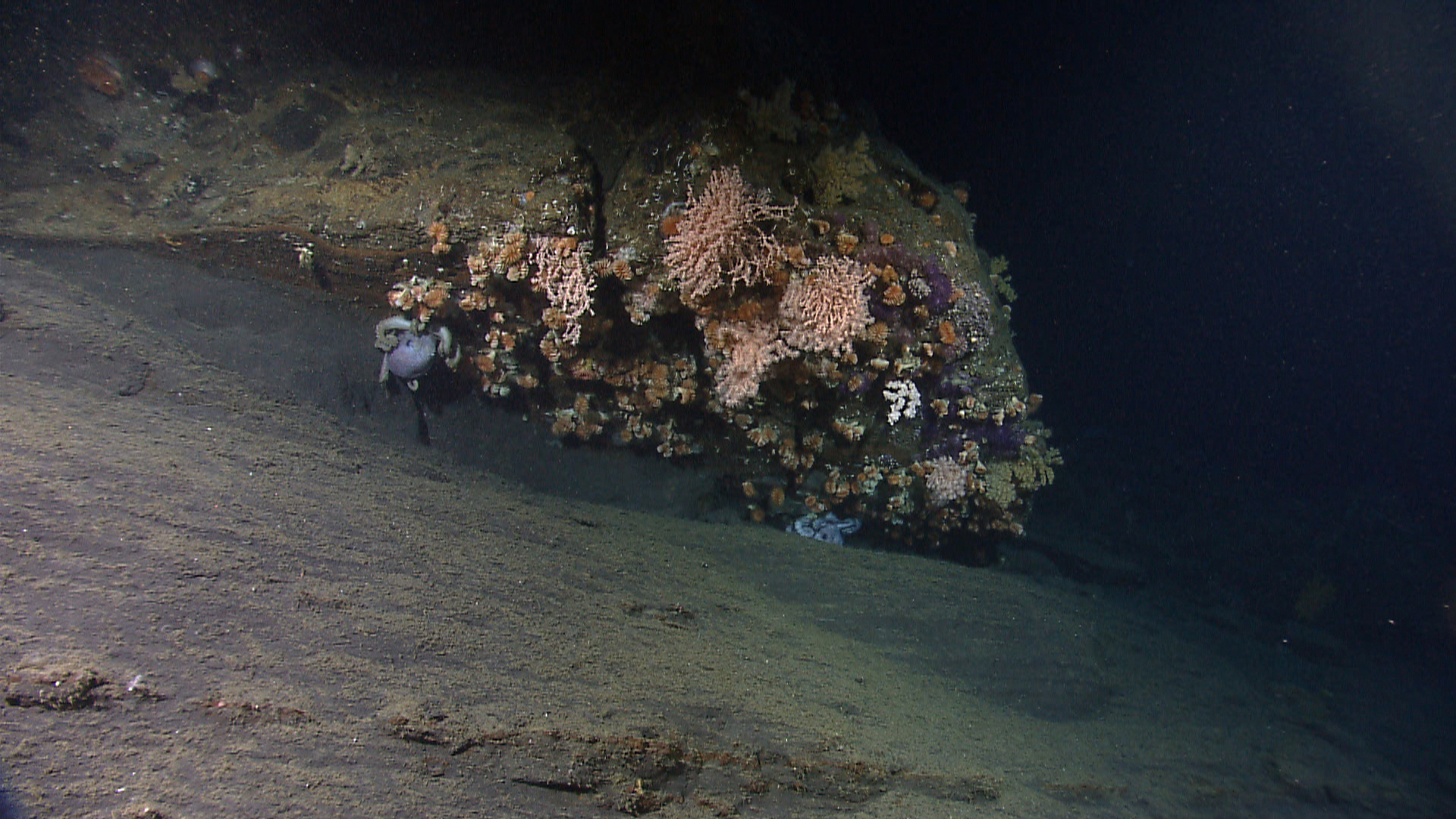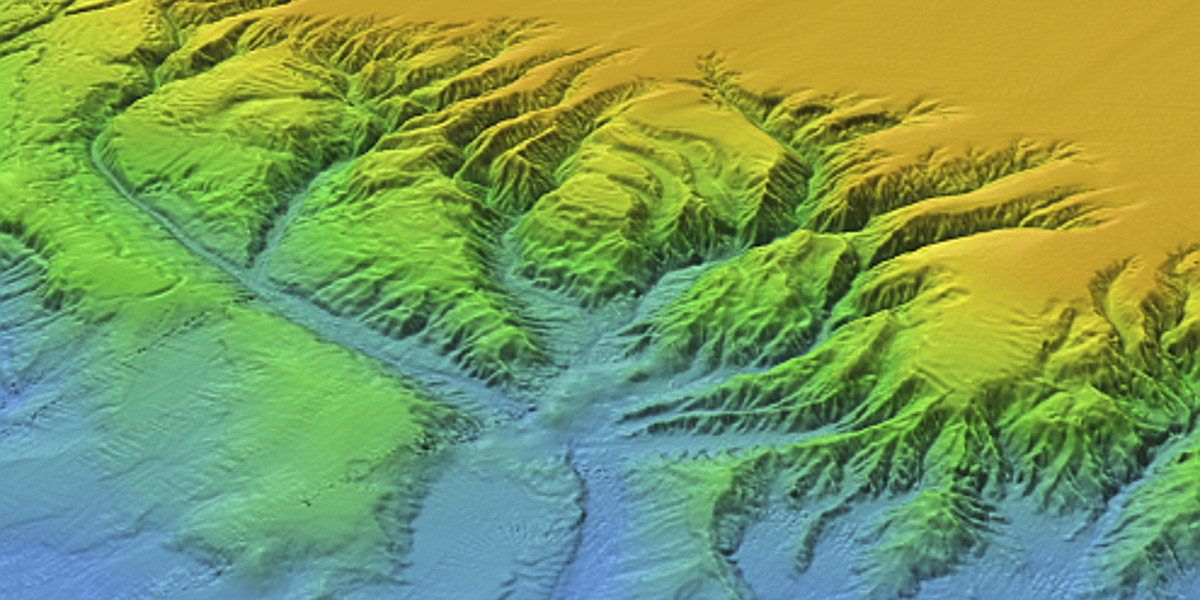

The partnership was a part of statewide monitoring efforts that extended from Crescent City in northern California to San Diego in southern California. The California Department of Fish and Wildlife (CDFW) partnered with Marine Applied Research and Exploration (MARE), using MARE’s ROV Beagle to survey several of the canyons found in MPAs.

To get a glimpse of the vast deep-sea world just off the California coast, which is mostly far too deep for scuba divers, researchers used a remotely operated vehicle known as an ROV. MARE crew recovering the ROV Beagle after a dive in Big Creek SMR. Beyond the shallow rims of these diver-accessible canyons lie miles and miles of deep canyon walls with rocky outcroppings and dynamic ocean conditions. Off Monastery Beach in Point Lobos SMR divers can witness “sand falls” where beach sand flows into the abyss of the Carmel Canyon, as well as craggy outcroppings where abundant marine life benefits from the nutrient-rich waters transported up from the depths on ocean currents. In both locations, unique biological habitats can be seen on the upper canyon rims around 60 to 100 feet below the surface. Divers regularly visit the heads of Carmel Canyon and La Jolla Canyon, both of which are located in state marine reserves (SMRs) and can be accessed from the beach by intermediate to advanced divers. There are also two places along the California coast where submarine canyons come so close to the mainland that scuba divers are able to reach their shallow extensions very near to shore. Both MPAs provide protection for unique deep-sea habitat. Squat lobster at Portuguese Ledge SMCA (1,210 feet)Īt over a mile deep, California’s Monterey Submarine Canyon rivals the Grand Canyon in depth, and crosses into two state marine conservation areas (SMCAs): Soquel Canyon SMCA and Portuguese Ledge SMCA. Submarine canyons cut through the continental shelf and slope, resembling steep mountain valleys extending towards shore.

It forms the boundary between our relatively shallow coast and the expansive abyssal plain of the Pacific Ocean. The seafloor region where canyons occur is known as the continental margin. Recently, researchers visited several of these deepwater MPAs to explore and bring back imagery of strange, unique, and rarely seen marine animals, adding to the collective understanding of California’s rich coastal ecosystem. Thirty of California’s 124 marine protected areas (MPAs) protect portions of submarine canyons or steep walls deeper than 650 feet. Submarine canyons connect the deep and shallow worlds of our coastal ecosystem. Exotic ocean life and biological diversity abound in these deep canyons. A millennium of tectonic forces, and more recent geologic forces like ice ages and erosion have brought these present-day deep ocean habitats, called submarine canyons, to our coastal doorstep. CDFW/MARE photoĭeep and mysterious waters lie just off California’s coast, sometimes within a stone’s throw of the beach.


 0 kommentar(er)
0 kommentar(er)
